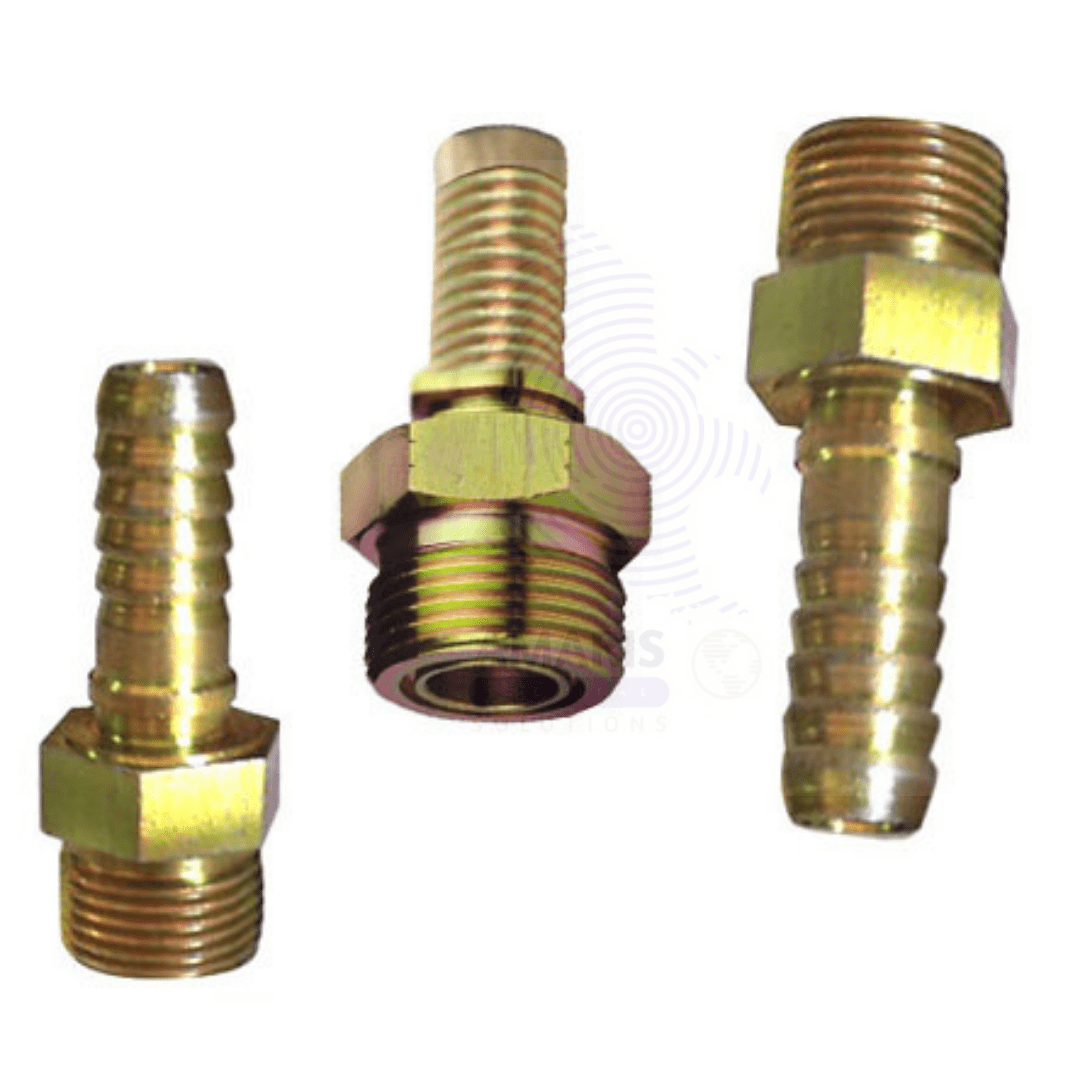
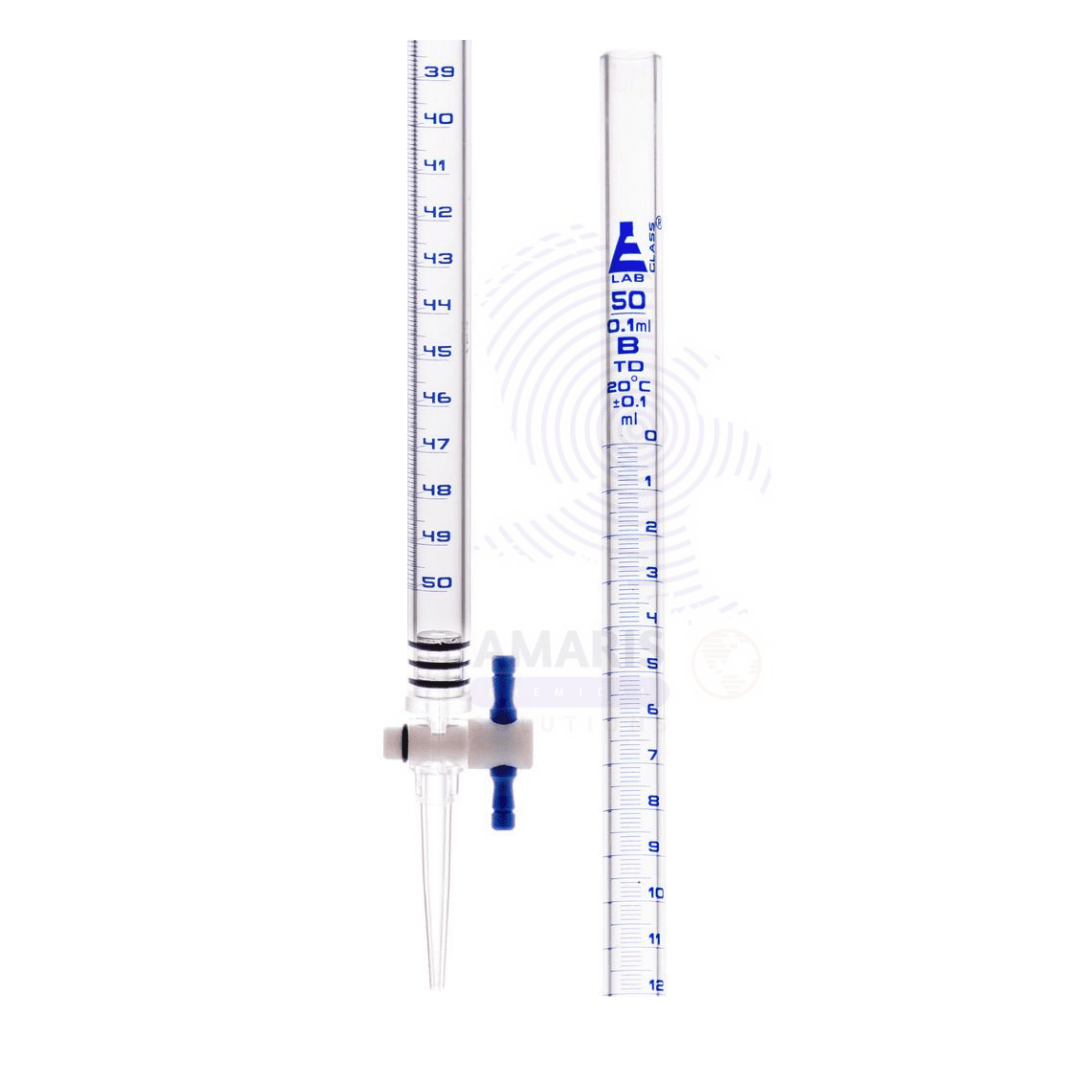
Wave machine
$2,500.00 Original price was: $2,500.00.$2,300.00Current price is: $2,300.00.
Wave machines used in laboratories are sophisticated devices designed to study the properties and behaviors of waves under controlled conditions. These machines are crucial for research and educational purposes, allowing scientists and students to observe wave phenomena, test theories, and develop new technologies. Here are some common types of wave machines used in laboratories:
1. Ripple Tanks
Ripple tanks are shallow glass tanks filled with water, used to study wave behaviors such as reflection, refraction, diffraction, and interference. A light source above the tank illuminates the water, and the waves are generated by a vibrating motor or manually using a point source or a bar.
2. Wave Flumes
Wave flumes are long, narrow tanks of water used to study wave propagation, coastal engineering, and sediment transport. They can simulate waves of different heights and periods, making them ideal for studying the impact of waves on structures and shorelines.
3. Wave Basins
Wave basins are larger, more expansive versions of wave flumes. They allow for the study of wave interactions with complex structures such as offshore platforms, breakwaters, and harbors. They are particularly useful in marine and civil engineering research.
4. Electromagnetic Wave Simulators
These devices are used to study the properties of electromagnetic waves, including microwaves and radio waves. They typically consist of antennas, waveguides, and receivers to generate and measure waves, facilitating research in telecommunications, radar, and other fields.
5. Sound Wave Generators
Sound wave generators produce and manipulate sound waves for research in acoustics. These include loudspeakers, microphones, and specialized equipment to measure wave speed, frequency, and amplitude. They are essential in fields such as audio engineering, noise control, and hearing research.
6. Mechanical Wave Machines
Mechanical wave machines, such as the Shive wave machine, use interconnected rods or strings to simulate transverse or longitudinal wave motion. These machines are often used in educational settings to visually demonstrate wave principles and properties.
Key Features and Components
- Wave Generators: Devices that create waves, either mechanically, electrically, or pneumatically.
- Wave Absorbers: Structures or materials that dampen or absorb waves to prevent reflections and simulate infinite wave propagation.
- Sensors and Probes: Instruments used to measure wave properties such as amplitude, frequency, speed, and pressure.
- Control Systems: Computers and software that precisely control wave generation and analyze data.
Applications
- Physics Education: Demonstrating fundamental wave principles to students.
- Engineering Research: Studying the impact of waves on structures and developing wave-resistant designs.
- Environmental Studies: Understanding natural wave patterns and their effects on ecosystems and coastal regions.
- Acoustics: Exploring sound wave behavior for applications in music, speech, and noise control.
Wave machine
1. Physics Education
- Demonstrating Wave Principles: Wave machines are excellent tools for visually demonstrating fundamental wave principles such as reflection, refraction, diffraction, interference, and resonance. For instance, ripple tanks and Shive wave machines help students observe and understand wave behaviors in a controlled environment.
- Interactive Learning: By adjusting variables like wave frequency and amplitude, students can explore the effects of these changes and gain a deeper understanding of wave dynamics.
2. Engineering Research
- Coastal and Offshore Engineering: Wave flumes and basins simulate ocean wave conditions to study their impact on coastal structures, such as seawalls, breakwaters, and offshore platforms. This research helps in designing resilient structures that can withstand harsh marine environments.
- Structural Testing: Engineers use wave machines to test the durability and stability of materials and structures under wave-induced forces, contributing to the development of safer and more efficient designs.
3. Environmental Studies
- Erosion and Sediment Transport: Wave machines simulate natural wave actions to study coastal erosion, sediment transport, and deposition processes. This information is crucial for managing and protecting coastal ecosystems.
- Impact on Marine Life: Researchers use wave machines to understand how waves and currents affect marine organisms and habitats, aiding in the conservation of marine biodiversity.
4. Acoustics
- Sound Wave Propagation: Sound wave generators and acoustic wave machines help in studying how sound waves travel through different media. This research is important for improving acoustic technologies and developing better soundproofing materials.
- Noise Control: By analyzing how sound waves interact with various surfaces and environments, researchers can design effective noise control solutions for urban areas, industrial settings, and residential buildings.
5. Telecommunications and Electromagnetic Research
- Antenna Testing: Electromagnetic wave simulators are used to test and optimize antenna designs for better signal transmission and reception in communication devices.
- Wave Propagation Studies: Understanding how electromagnetic waves propagate through different materials and environments is crucial for developing new technologies in wireless communication, radar, and remote sensing.
6. Fluid Dynamics and Hydraulics
- Flow Visualization: In fluid dynamics research, wave machines help visualize and analyze complex fluid flow patterns, vortex formation, and wave-current interactions.
- Hydraulic Modeling: Engineers use wave flumes and basins to model hydraulic structures like dams, spillways, and channels, optimizing their design for efficient water management.
7. Energy Research
- Wave Energy Conversion: Researchers use wave machines to test and develop wave energy converters, which are devices that harness the energy of ocean waves to generate electricity. This research is part of the broader effort to develop sustainable and renewable energy sources.
Key Examples of Wave Machines
- Ripple Tanks: Used for visualizing water wave behaviors in physics education.
- Wave Flumes: Employed in coastal engineering to study wave impacts on structures.
- Wave Basins: Larger scale wave flumes used for complex simulations involving multiple wave interactions.
- Shive Wave Machines: Demonstrate mechanical wave motion and wave properties in educational settings.
- Electromagnetic Wave Simulators: Used in telecommunications research to study wave propagation and antenna performance
1 review for Wave machine


MAECENAS IACULIS
Vestibulum curae torquent diam diam commodo parturient penatibus nunc dui adipiscing convallis bulum parturient suspendisse parturient a.Parturient in parturient scelerisque nibh lectus quam a natoque adipiscing a vestibulum hendrerit et pharetra fames nunc natoque dui.
ADIPISCING CONVALLIS BULUM
- Vestibulum penatibus nunc dui adipiscing convallis bulum parturient suspendisse.
- Abitur parturient praesent lectus quam a natoque adipiscing a vestibulum hendre.
- Diam parturient dictumst parturient scelerisque nibh lectus.
Scelerisque adipiscing bibendum sem vestibulum et in a a a purus lectus faucibus lobortis tincidunt purus lectus nisl class eros.Condimentum a et ullamcorper dictumst mus et tristique elementum nam inceptos hac parturient scelerisque vestibulum amet elit ut volutpat.










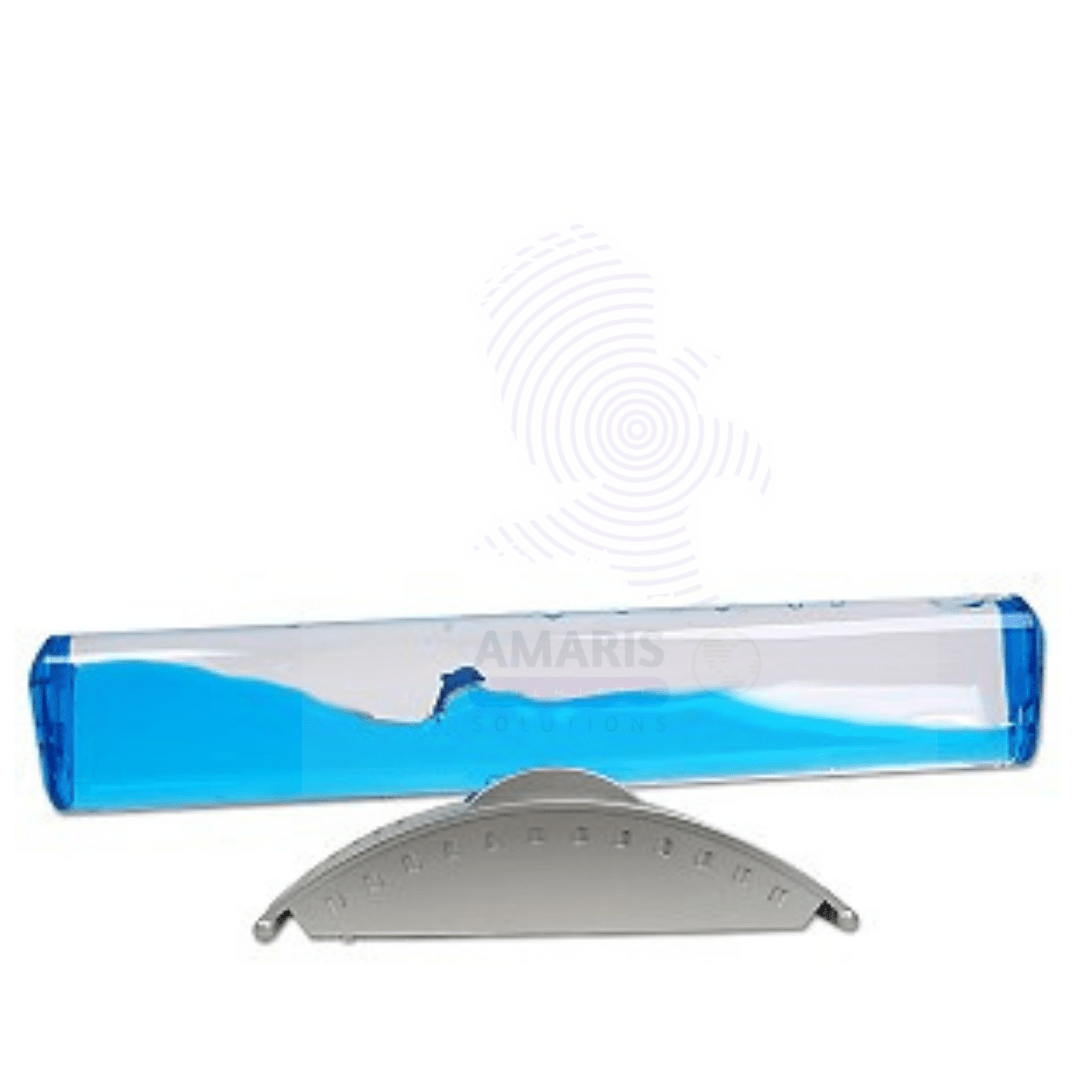
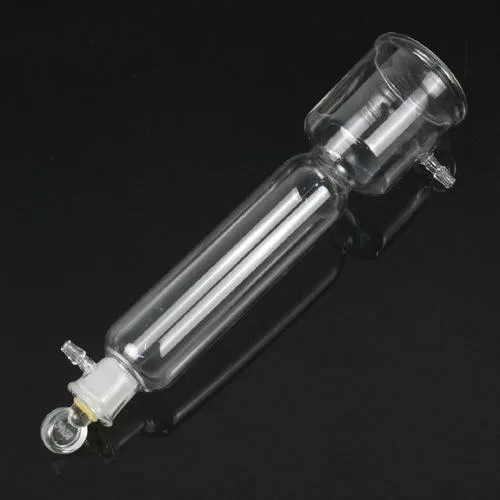

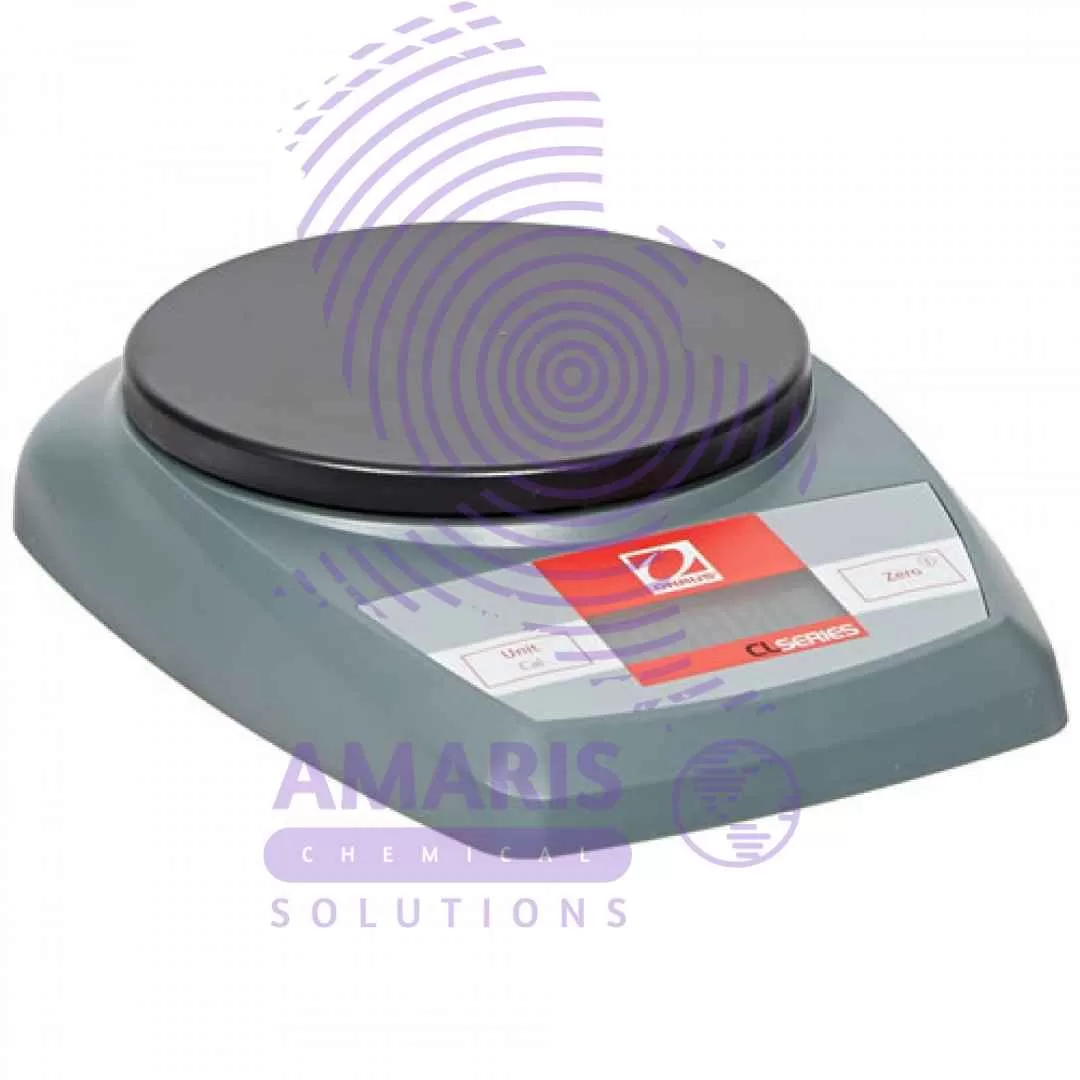

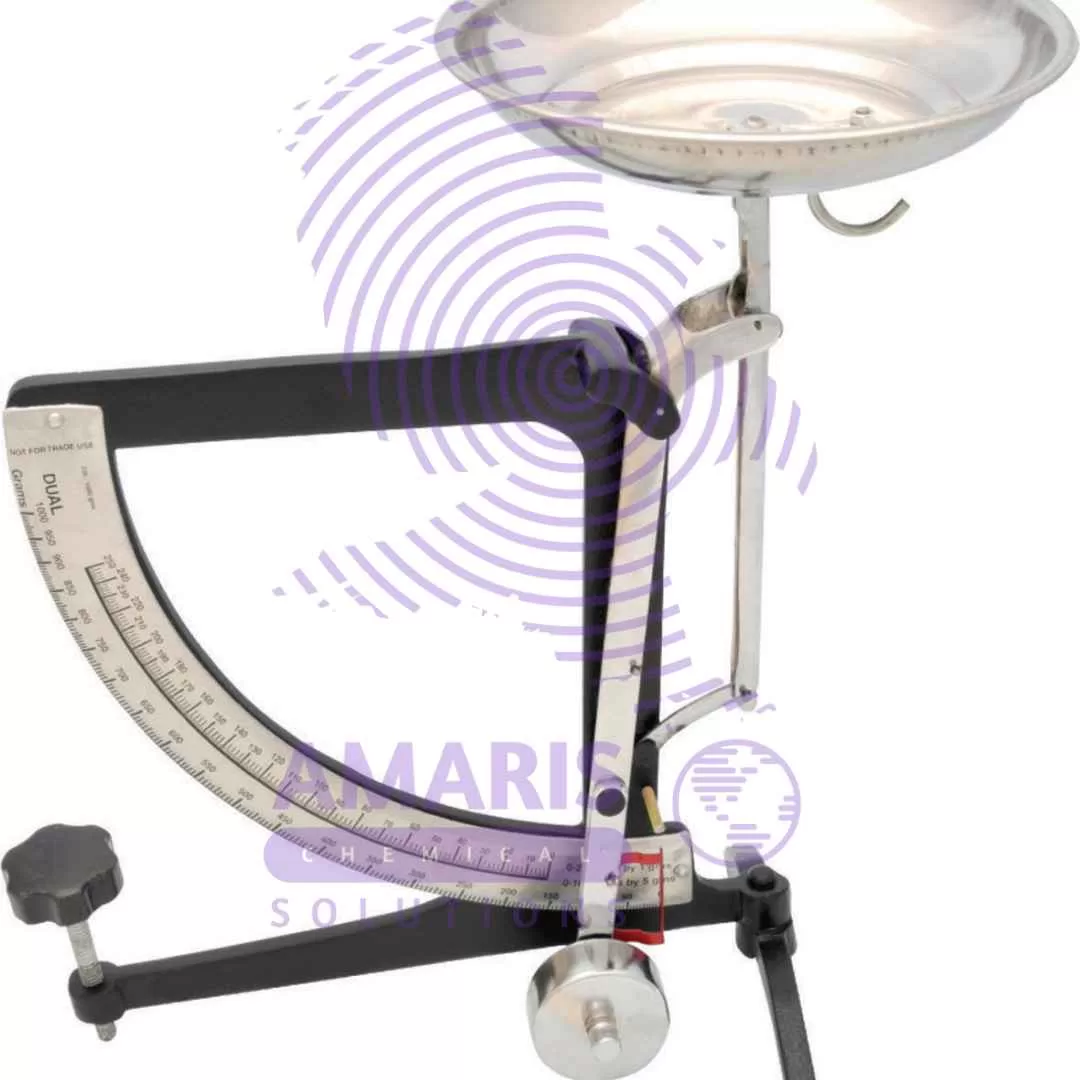
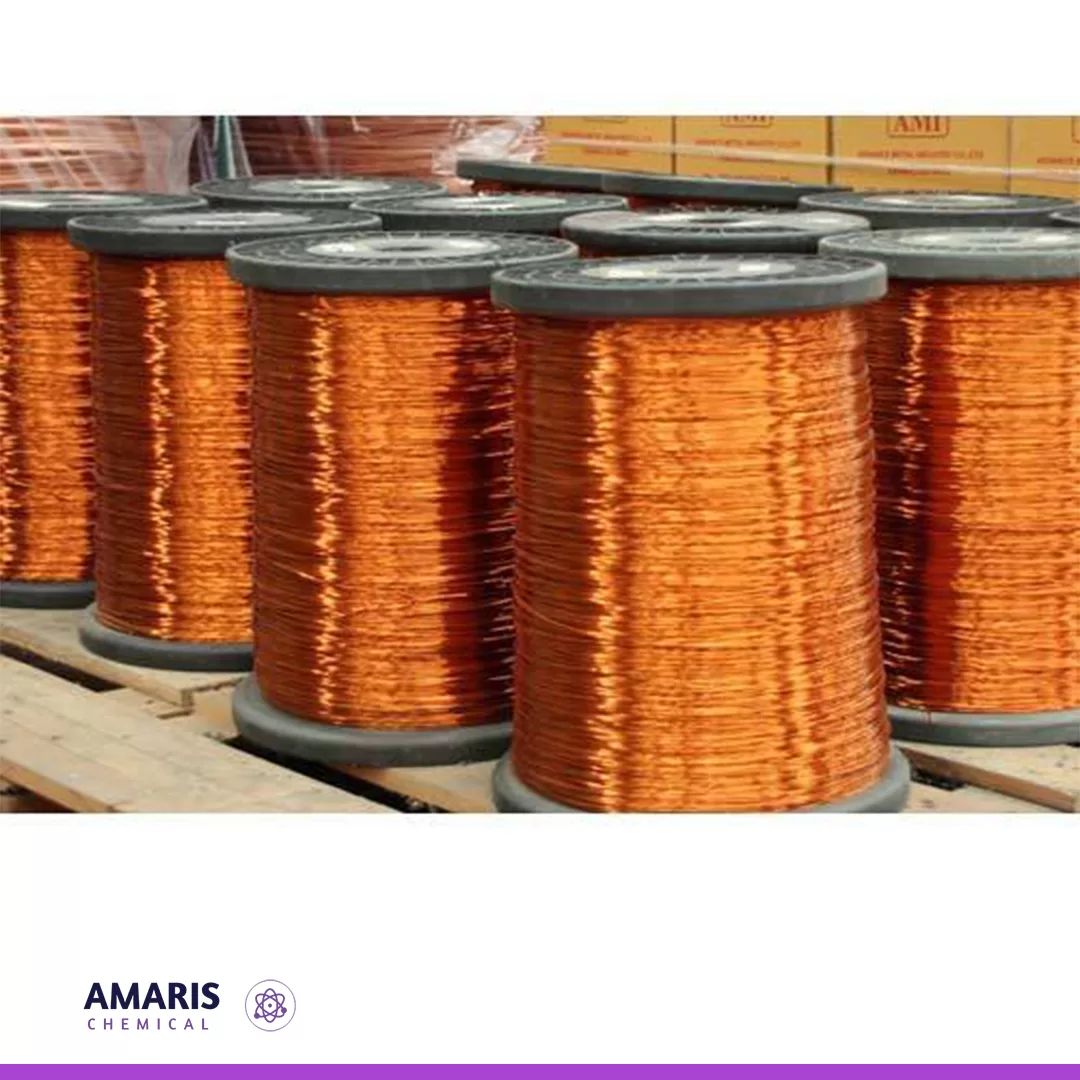

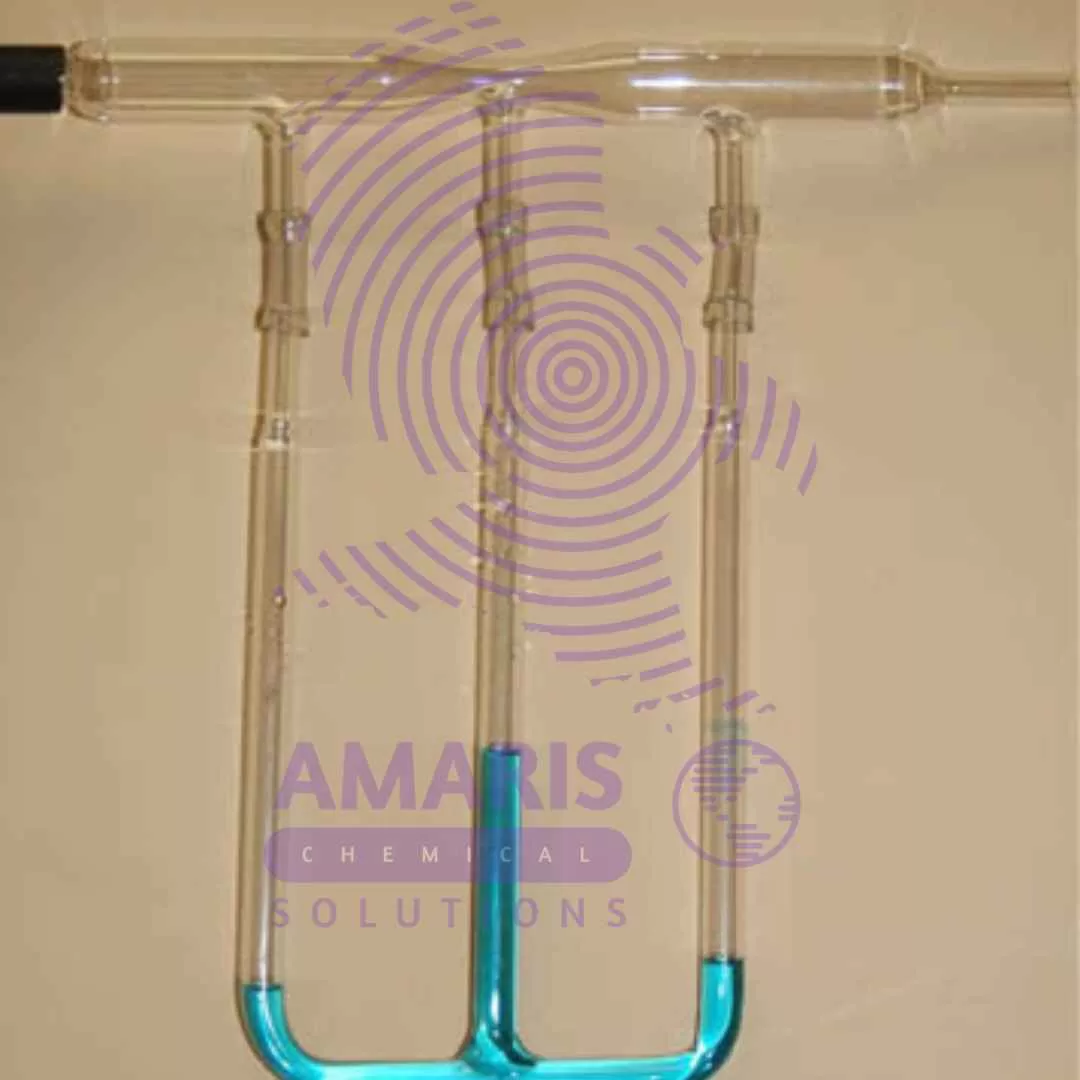









Rashida –
My favourite.